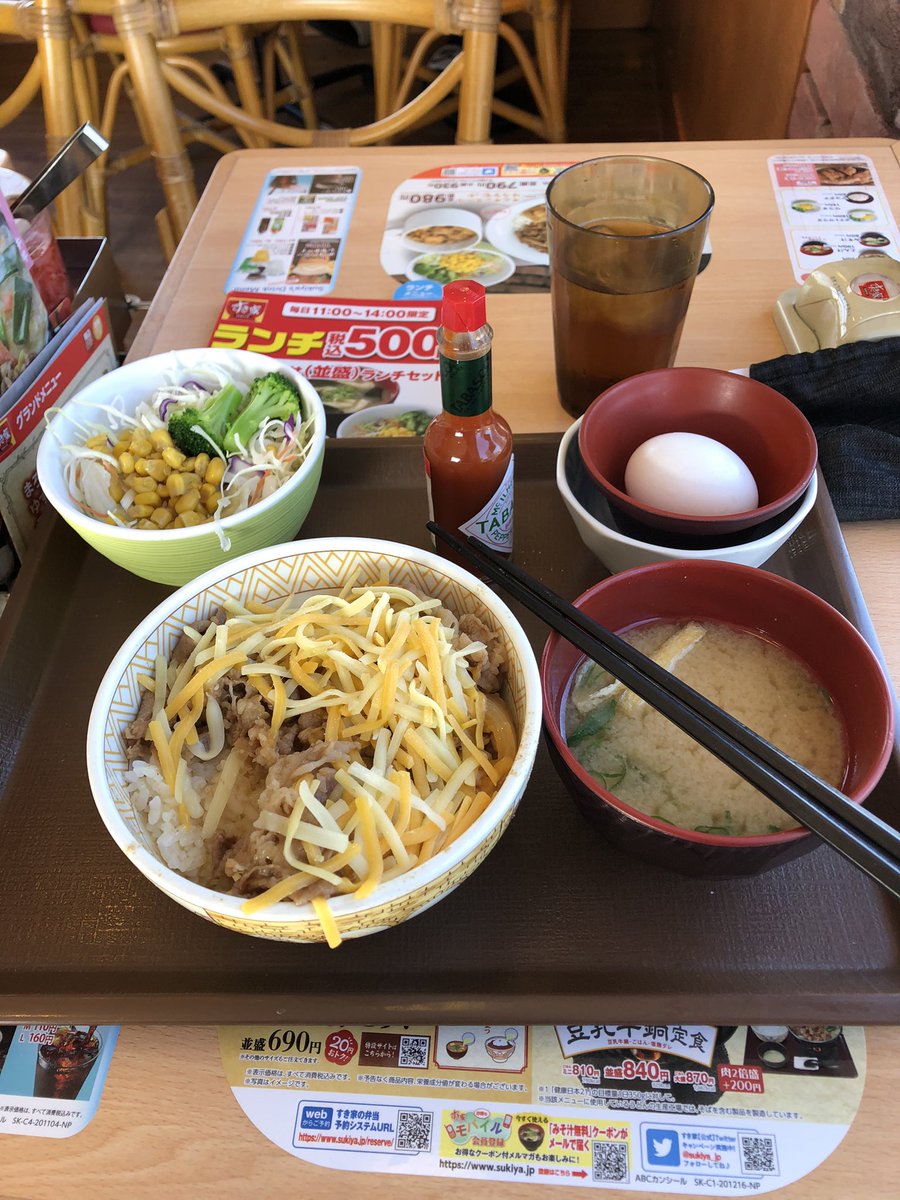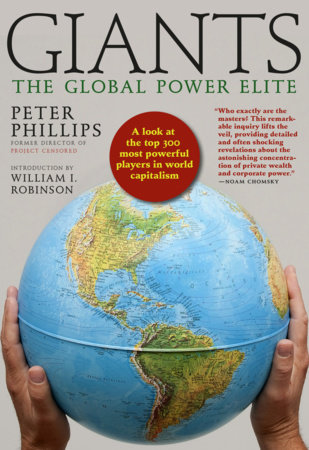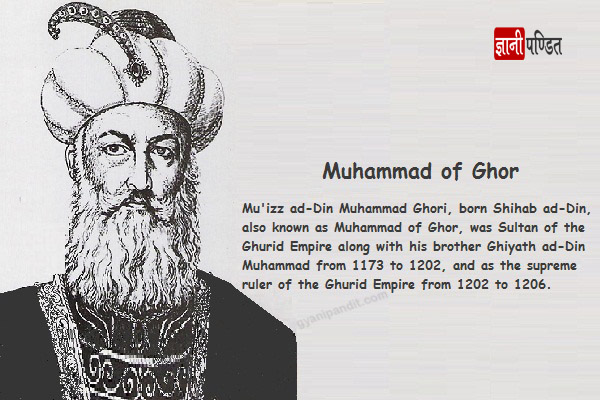This lunch is 500 yen ($4.80) at Sukiya, a Japanese fast food restaurant which belongs to a category with about three big competitors.
I love the aesthetics of this category and they’re under remarked upon.

They also are a wee bit of a cartel, and I appreciate the aesthetics of the cartel:
And the heads of the three chains got together, and decided that the price of the basic beef bowl needed to increase, but given the economic circumstances how could they hold the line.
“We are very sorry, given the economic environment, to raise the price from 165 yen to 180 yen, but we are doing our level best to keep it there, and have mutually decided that approximately one yen of margin is appropriate.”
If your offering is “I plate a bit of five big pots of things I cooked in the morning and keep heated as serving temperature all day” you can get the offering almost arbitrarily cheap.
Explains bowls, curry, etc
More from Patrick McKenzie
So the cryptocurrency industry has basically two products, one which is relatively benign and doesn't have product market fit, and one which is malignant and does. The industry has a weird superposition of understanding this fact and (strategically?) not understanding it.
The benign product is sovereign programmable money, which is historically a niche interest of folks with a relatively clustered set of beliefs about the state, the literary merit of Snow Crash, and the utility of gold to the modern economy.
This product has narrow appeal and, accordingly, is worth about as much as everything else on a 486 sitting in someone's basement is worth.
The other product is investment scams, which have approximately the best product market fit of anything produced by humans. In no age, in no country, in no city, at no level of sophistication do people consistently say "Actually I would prefer not to get money for nothing."
This product needs the exchanges like they need oxygen, because the value of it is directly tied to having payment rails to move real currency into the ecosystem and some jurisdictional and regulatory legerdemain to stay one step ahead of the banhammer.
If everyone was holding bitcoin on the old x86 in their parents basement, we would be finding a price bottom. The problem is the risk is all pooled at a few brokerages and a network of rotten exchanges with counter party risk that makes AIG circa 2008 look like a good credit.
— Greg Wester (@gwestr) November 25, 2018
The benign product is sovereign programmable money, which is historically a niche interest of folks with a relatively clustered set of beliefs about the state, the literary merit of Snow Crash, and the utility of gold to the modern economy.
This product has narrow appeal and, accordingly, is worth about as much as everything else on a 486 sitting in someone's basement is worth.
The other product is investment scams, which have approximately the best product market fit of anything produced by humans. In no age, in no country, in no city, at no level of sophistication do people consistently say "Actually I would prefer not to get money for nothing."
This product needs the exchanges like they need oxygen, because the value of it is directly tied to having payment rails to move real currency into the ecosystem and some jurisdictional and regulatory legerdemain to stay one step ahead of the banhammer.
More from Food
Over most holidays, the Sweet Partner in Crime and I usually do some culinary-themed travel. Since we're at home this year, I present to you: The Thread of Good Food!
A delivery with dry ice at the start of our staycation offered us a start with Spooky Manhattans.

First up: a Rigatoni Pasta Bake that originated as a batch of Pasta Puttanesca and quickly escalated. (Pairing: Ca'Rozzeria Chianti Classico Riserva)

Next came a wonderful Turkish fish stew with capers and olives. (Pairing: Rhinegeist Truth IPA -- trust me.)
https://t.co/Miyn9PXrHR

Up next: Waffle tots with sausage and arugula, topped with a fried egg.

Xmas day brought us this wonderful lamb stew with a Guinness base. (Know the pic's not 'gram worthy, but hey...)
Paired with Gargantua Pantagruel Syrah.
https://t.co/u0irJKwRtI

A delivery with dry ice at the start of our staycation offered us a start with Spooky Manhattans.

First up: a Rigatoni Pasta Bake that originated as a batch of Pasta Puttanesca and quickly escalated. (Pairing: Ca'Rozzeria Chianti Classico Riserva)

Next came a wonderful Turkish fish stew with capers and olives. (Pairing: Rhinegeist Truth IPA -- trust me.)
https://t.co/Miyn9PXrHR

Up next: Waffle tots with sausage and arugula, topped with a fried egg.

Xmas day brought us this wonderful lamb stew with a Guinness base. (Know the pic's not 'gram worthy, but hey...)
Paired with Gargantua Pantagruel Syrah.
https://t.co/u0irJKwRtI




















